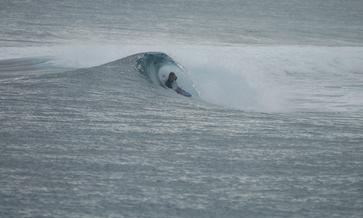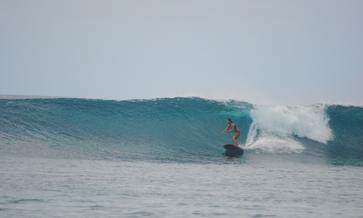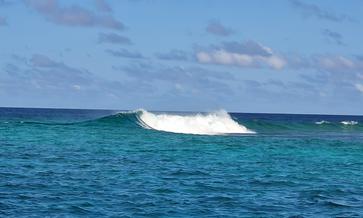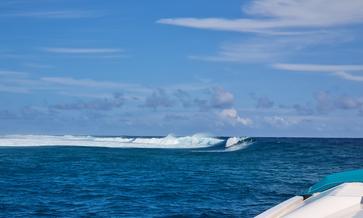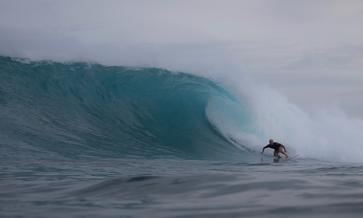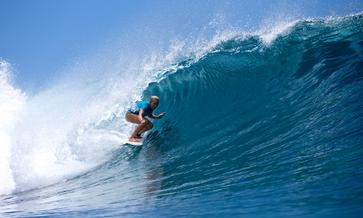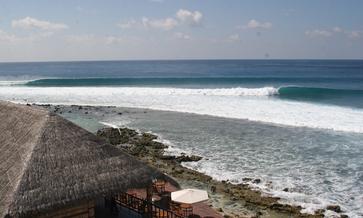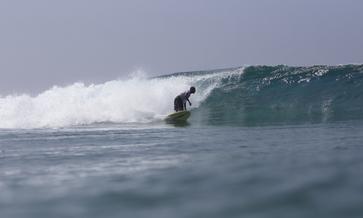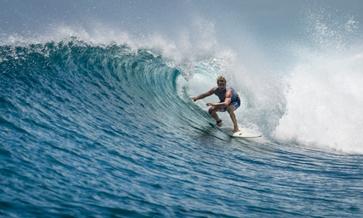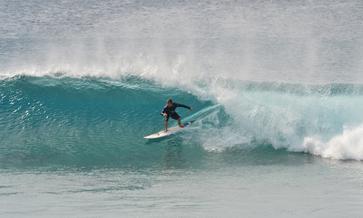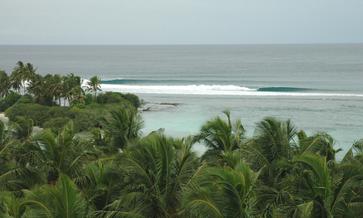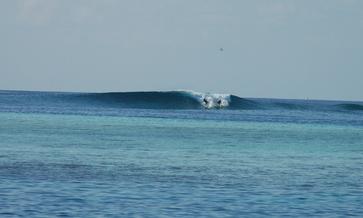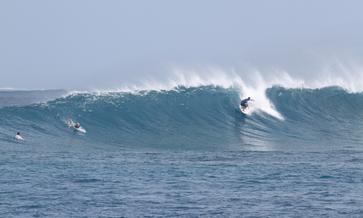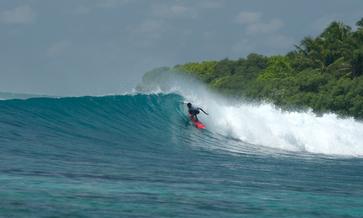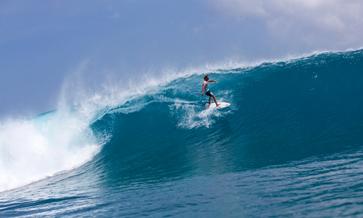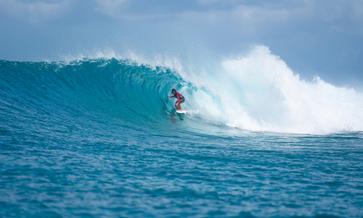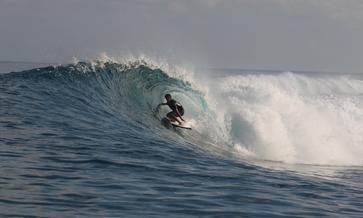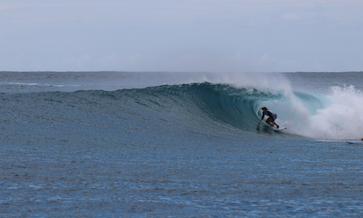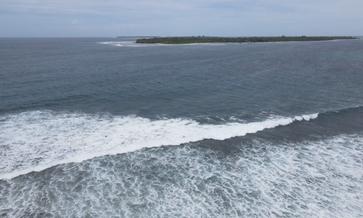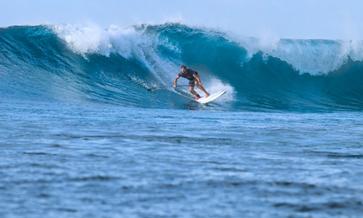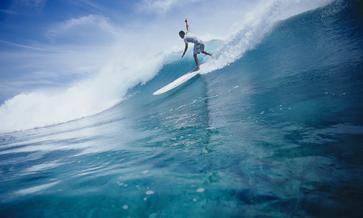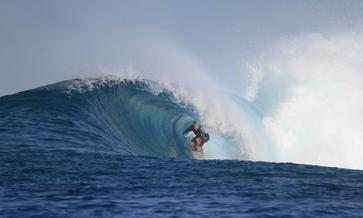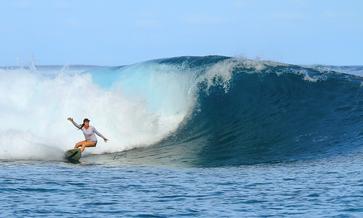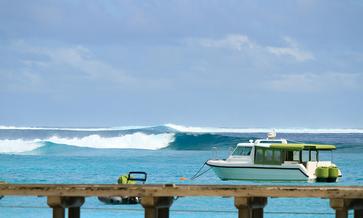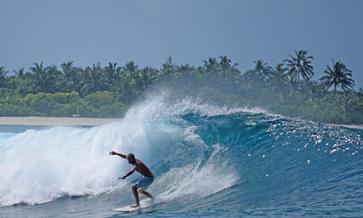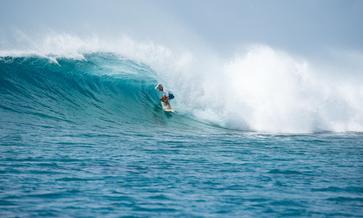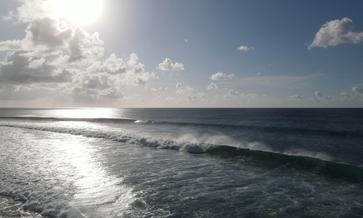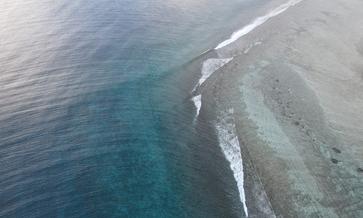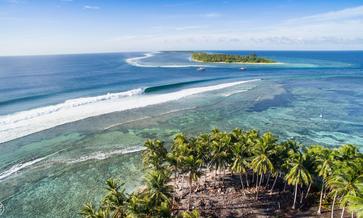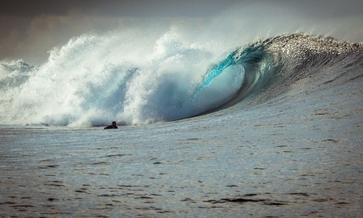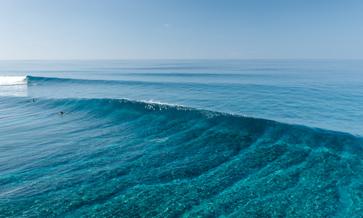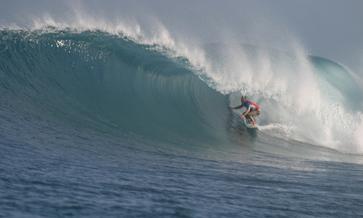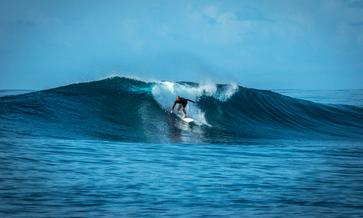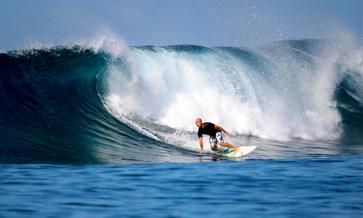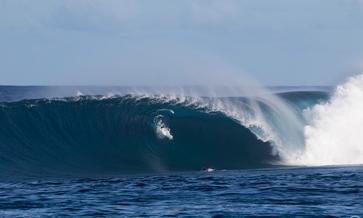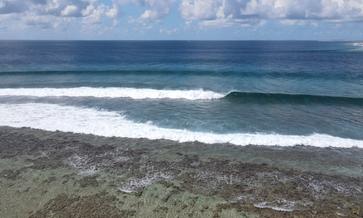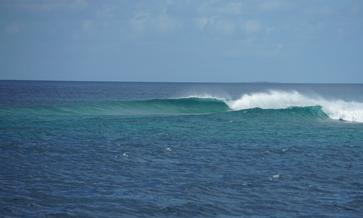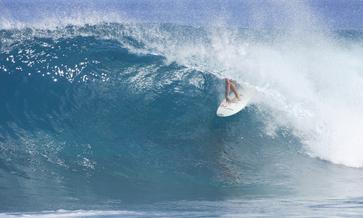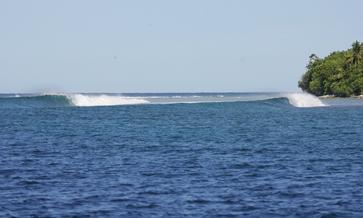One of the best perks about the Maldives is that there's surf all year around! Sure, some months are better than others, with December through to February on the less consistent side.
But, the Maldives are in the middle of the Indian Ocean. The most active ocean in the world, with southern latitude, swells quite common, even during the austral summer (November - February). It's a massive playground scattered over four main surf regions that hardly ever go completely flat.
The Maldives are dominated by two weather systems. The Iruvai (NE monsoon) from December to March and the Hulhangu (SW monsoon) during April all through to November make the tropical island state super consistent surfing playground only rivalled by Indonesia.
April through to October is dominated by super consistent SE swells traveling halfway across the world, delivering 12-14sec, mid-period swells to the Maldives. If you've been to Indo in the dry season, you know what we're on about. SE tradewinds blow day in, day out, all day, every day and produce super consistent playful waves.
What makes these tradewinds so primed for good surf is the way they are created. Without getting too scientific, tradewinds are created about 25-30 degrees north and 25-30 degrees south of the Equator in a region called the horse latitudes.
Hot air rises around the area which causes cooler air to get “trapped” and sucked up creating a so-called Coriolis Effect. The Coriolis Effect, mixed in with high-pressure systems, causes winds - the tradewinds - to move from East to West on both sides of the Equator across the world, hitting the Central Atolls, and especially the Male Atolls perfectly.
The Southern Atolls have a bigger window for swells from the South East, perfectly angled to receive these South East tradewind swells, but are also exposed to all angles from the South to South West, which is where the roaring 40s come in handy.
The winds created in the Roaring 40s usually blow slightly too far West and partially miss the Maldives, but during the peak surf season from April to October, they are strong enough to deliver powerful and hollow surf.
What makes the Maldives so consistent is that often, the tradewind and the Roaring 40 swells work in sync. Both swell patterns complement each other, producing long period groundswells from a Southerly direction, perfect for all atolls.
Wind patterns in the Maldives are easy to predict and can be divided into two clear periods. From April to November, SW-W winds (strongest between May to August) dominate, only to swing around Christmas time until March when it predominately blows from NW-NE.
Both, wind and swells combined, create the most consistent surf on east facing spots from April to October, but make no mistake, there are plenty of lighter period swells with next to no wind lighting up spots that are exposed to the South - Southwest.

